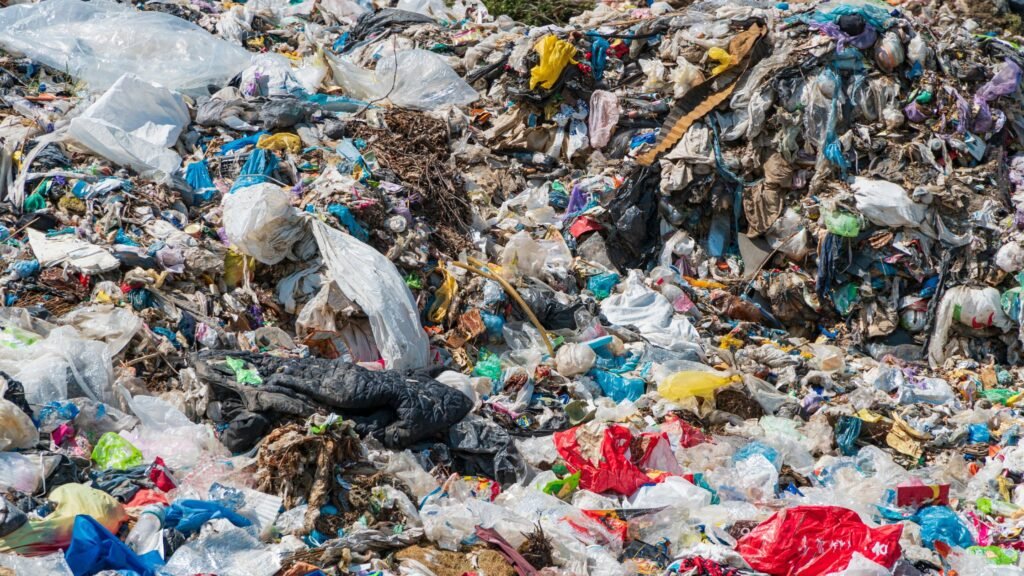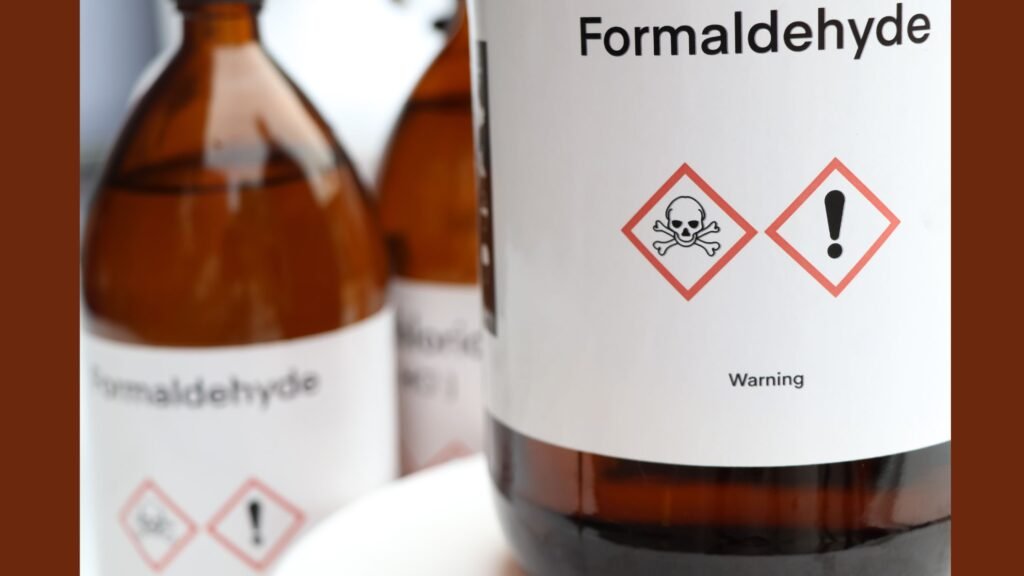Choosing to use cloth diapers for your baby has many benefits beyond saving money and reducing landfill waste. There are always pros and cons with any parenting choice. What you choose to diaper your baby with is one of these choices.
Many advantages that I will delve into weren’t even on my radar until after I started cloth diapering our babies. Therefore I will give an honest pros and cons list based on my years of experience using both cloth and disposable diapers.
The world of cloth diapers can be overwhelming at first. To help newbie cloth diaper enthusiasts please check out my overview on cloth diaper guide. This article looks at the types of cloth diapers, how many you need and a simple washing routine.
Pros of using cloth diapers

Less waste going into landfill
We know that disposable diapers are bad for the planet. They are bad not just in the process of manufacturing them but, equally as they end up in landfill. One single-use disposable diaper is estimated to take 300 to 500 years to fully break down in landfill. That is a lot of our lifetimes to undue our waste. Isn’t that a horrible reality of our convenience?
By using cloth diapers, even part time, will make a real difference to reduce our contribution to landfill waste. I find satisfaction in knowing that I am making an active choice to reduce our family’s contribution to landfill waste.
Less stinky rubbish bins
Ideally you should flush solids from disposable (and cloth) nappies down the toilet. In reality the convenience factor of disposables means they are often wrapped up after use, including number twos (solid waste).
The used disposables add up in your rubbish bins and so too does the stench of poopy diapers. Yuck!
Solids are flushed away and soiling is rinsed from dirty nappies and wipes. The smell is minimal once added to a dry pail or wet bag. We store the used nappies in our laundry room and don’t notice any bad smells. Dirty wipes and nappies are not left to stink out the laundry room as we run a daily pre-wash.

Save money
The financial cost of using disposable diapers stacks up over time whereas with cloth diapers there is an upfront cost. With an estimated 3000 to 5000 nappies used per child’s life until they are toilet trained the financial cost over time is significant.
It is one of the costs of parenting that is almost unavoidable. After accounting for electricity costs to wash and dry diapers, detergent and water rates, cloth diapers are much cheaper than disposables.
Cost was one of the key factors when choosing to cloth diaper our babies. I purchased most of our cloth nappies new but they were on sale.
We started with some second hand nappies and grew our nappy stash in chunks when our preferred brands were on sale.
Another benefit is you can use the same cloth diaper for your next and subsequent children. Over time the leg elastics can become a little slack so some nappy shells may not be suitable after a few years. Also after a lot of use the inserts will start to degrade and become less absorbent. After a couple of years of use I needed to purchase new inserts in order to keep the absorbency level up.
If cloth diapers are in good condition then once you are finished with them you can sell them secondhand. That makes it a further cost saving right there!
Supporting smaller businesses
Both large businesses and by small family businesses produce a range of options when purchasing cloth diapers. In New Zealand and Australia there are many independent cloth nappy brands. I prefer to buy from smaller businesses where possible and support family businesses.
The baby products industry is huge and it feels good to support the little guy rather than big international companies wherever possible.

Cute prints and colours
One of my favourite things about using cloth diapers is the range of patterns, colours and prints that you can choose from. If you already use cloth diapers then you will know what I am talking about here.
Once you have your stash complete and you see a sale on your favourite brand or a new drop of prints it can be tempting to buy just because of those adorable prints. I have certainly been there and done that! Fortunately I am no longer tempted to buy as we really do have enough.
As your babies grow into toddler stage they can help in the nappy change process by picking which diaper they want to wear. This can be fun, but it often does make the process longer as the wee one chooses 

Less chemicals
Disposable diapers can be made largely of plastic according the the United Nations Environmental Programme. A baby’s skin is more sensitive to chemicals and using cloth nappies, even part time, can reduce exposure to some of these chemicals.
Disposable diapers have been found to contain the following:
- phthalates (known endocrine disrupter)
- VOCs (volatile organic compounds)
- Dioxides
- PAHs
- Formaldehyde
- PCBs
- Fragrance
However cloth diapers are not free from chemicals either as the waterproof cover contains a polyurethane laminate (PUL) layer, essentially making it a type of plastic. The PUL layer is safe up to temperatures of 428F or 120C at which point it can melt.
Plastic and chemicals are everywhere in modern life and we can’t avoid them completely, or even partially. This being said, by using less disposable diapers you can help limit exposure to chemicals that are not 100% safe for our children.
Online community
Being a ‘cloth parent’ opens up a whole online community to be part of. There are many Facebook groups for cloth diapering, cloth diaper brands and buy and sell groups.
Online groups can provide a wealth of knowledge and tips based on experiences of other parents and caregivers.
Internal gratification
It may sound a little strange but there is a sense of pride and satisfaction that you get from washing, hanging and stuffing nappies ready for your baby to wear. Some may find this a chore or a con of cloth nappies, but once you get a routine going you may find that you actually enjoy it.
Cons of cloth diapering
Upfront cost
There is an upfront cost to get started with cloth nappies, especially for full time use. At the newborn stage there can be a lot of additional costs in a family and often a drop in household income as one parent stays home with the baby. To add the set up costs of cloth diapers to the mix, especially if you dont know if you will use them long term, can be too much of a financial commitment for some families.
Disposables are more convenient
Cloth diaper use requires daily washing for pre-wash and then another main wash every 2 to 3 days. That is a lot of additional work on top of regular household washing and chores.
In addition to washing, cloth diapers need to be dried, ideally line dried or naturally aired, and then assembled for future use. All of this takes time and effort. Disposable diapers can certainly provide a more convenient option.
Disposable diapers provide convenience as they are ready to go right from purchase. Other than buying the right size for you baby there is nothing to prepare, wash or assemble like cloth nappies require.
Hot water and electricity use
Cloth nappies are best washed in hot, or at least warm, water. The washing machine will use electricity to run along with hot water, for those that don’t heat the water. In a larger family or if you have a small hot water cylinder you may find the additional hot washing loads mean you run out of hot water. We experienced this while we had a small hot water cylinder. As a result of daily pre-wash loads we had to boil water to add to a bath to get the water temperature warm enough.
Poopy nappies
For both cloth or disposable diapers the poop (solids) should be knocked into the toilet and flushed away. After this you are left with a dirty soiled nappy to deal with, whereas a disposable is wrapped up and put in the trash.
Many parents use disposables when they are on holiday or out of the home. I agree that this is more convenient than taking reusables home in a wet bag to deal with later. We generally don’t use disposables outside of the home as dealing with a soiled diaper at home straight away or from a wet bag after you get takes just the same amount of time. Your lifestyle will dictate which option works best when holidaying or being out of the home.
Other child carers
Baby-sitters, grandparents of other caregivers may be more used to and comfortable with using a disposable diaper for nappy changes. Cloth diapers can seem overwhelming for those that have not used them before. Prefolds and flats especially may not be a good option for occasional caregivers. A pocket or all in one diaper is similar to a disposable in the way it is put on and taken off so may be a better option.
Night time use and heavy wetters
Cloth diapers do not tend to hold as much fluids as disposables. To combat this you will likely need to do more frequent diaper changes, which can be good also to prevent diaper rash.
Cloth nappies can be problematic for night time use. Diaper changes in the night can be disruptive to sleep for the baby and parent. Early on we successfully used a hemp based, heavily boosted, nappy with a waterproof cover for about 18 months for our son. The night nappy was so bulky by this stage that it was a pretty tight fit and uncomfortable for him to wear. We were also at the limit of the largest waist snap.
Our daughter was a heavy wetter so from early on opted to use disposables for night time after too many nights of leaks. I would love to be 100% full time reusables, however that doesn’t work for our family and that is okay.
You may need to add a booster insert which can add to the bulk of a nappy. Some people find that clothing needs to be sized up when using cloth but I think this depends on your child. I haven’t found this to be a problem except with a tighter fitting onesie where we occasionally experienced compression leaks.
Conclusion
I would absolutely encourage people to try reusable diapers as there is such a significant environmental impact from reducing disposable diaper use. There really are many benefits of using cloth diapers and I’ve only touched on the main advantages.
The advantages or feel-good benefits go beyond saving money and reducing waste. There are downsides to using cloth diapers especially the additional laundry which takes up time and effort. However for our family the benefits of using reusables far outweigh the downsides.


